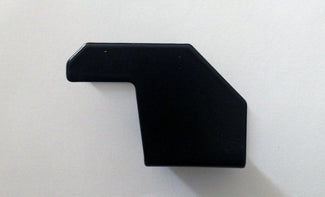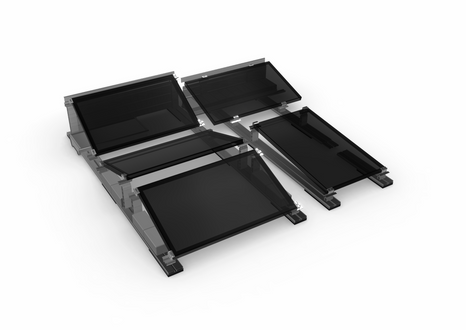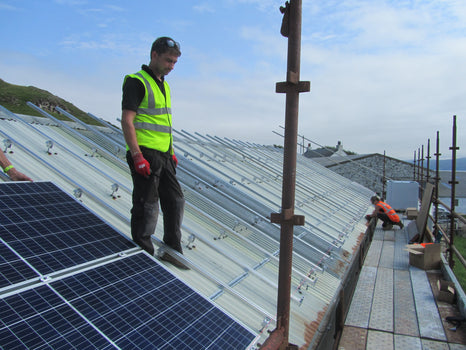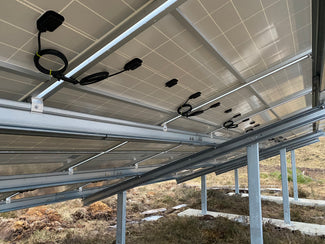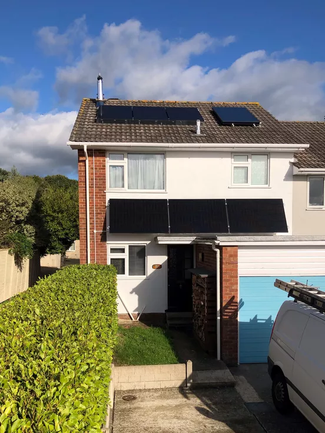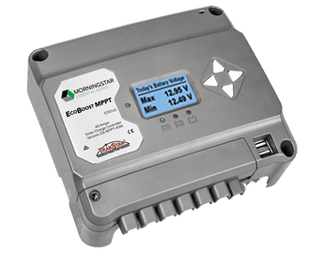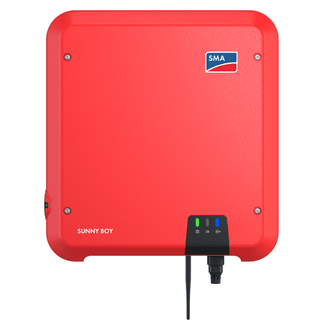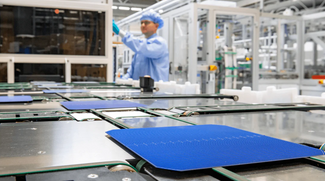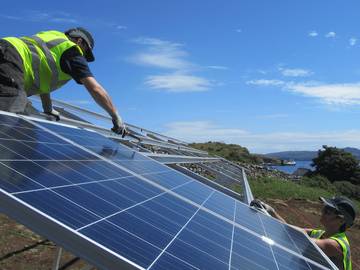
Modules may be mounted on a roof, a ground support, a pole, a wall of a building, a vehicle roof, or on a boat deck. The main considerations are day long access to unobstructed sunlight. Appearance and ease of access for any maintenance should also be considered.
The PV modules, mounting frame and fixings should be checked and chosen so that they can withstand wind and snow loads expected for the proposed site. These can vary considerably and are influenced by factors such as site altitude, building height and local topography.
PV mounting systems should not adversely affect the weather tightness of the structure to which they are fitted. They should be designed and installed to ensure this is maintained for the life of the system.
Most panels can be fastened using stainless steel nuts and bolts and mounting holes in the panel frame and this is used for the smaller panel mounts. However, it can be awkward and time consuming so bigger systems use top clamps, which clamp the module frame to a mounting rail or roof attachment. Mid-clamps double as spacers and clamp two panels simultaneously, whilst end-clamps are used at the ends of rows of panels.
The panel manufacturer's installation manual should be referred to when selecting and configuring a mounting system as not all modules are compatible with all mounting methods. Panels are usually clamped on their long sides to ensure maximum wind and snow loading capacity. Some can also be clamped on the short ends although this reduces load capacity.


Small Solar Panel Mounts
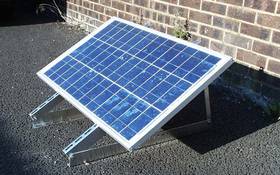
Used in off-grid applications for panels that maintain charge in batteries or to power appliances directly.
A range of high quality standard kits are available. These are all pre-drilled to accept modules and include stainless steel fasteners.


Roof Mounting
Mounting solar photovoltaic generators on the roof has the advantage that no additional ground area needs to be set aside or special stands constructed. Often roofs have the correct tilt and orientation and are free of shadows making them the ideal supports for solar modules. This is especially true for new buildings where the solar system can be taken into account from the very beginning and the roof sized, orientated and constructed optimally. In addition, the PV array can sometimes be integrated with the roof itself, giving a more elegant appearance and a saving in roof tiles.
The roof condition and structure must be checked to ensure it can withstand the imposed loads in a site inspection by a suitably competent person. If there is any doubt whatsoever then a qualified structural engineer shall be consulted.
Maintaining the weather tightness of the roof is paramount. All penetrations must be protected with proper sealants and flashing, to make sure that the roof will not leak and will last the lifetime of the array.
PV arrays should be kept away from the edge of a roof as wind loads are higher in the edge zones and keeping edge zones clear facilitates better access for maintenance and fire services. For a domestic roof, a suitable minimum clearance zone is around 40-50cm.
On Roof Mounting
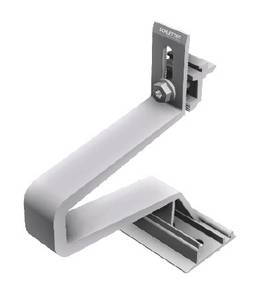
Usually, a PV system is installed above an existing roof. This is normally done by mounting PV modules to an aluminium or galvanised steel framework lying a few centimetres above the roof. Fixing to the roof structure is then made using special ‘roof hooks’ or mounting brackets which give a secure fastening to the roof structure.


In Roof Mounting

The PV array can sometimes be integrated with the roof itself, giving a more elegant appearance and a saving in roof tiles.
In new buildings, renovations, or where aesthetic considerations are particularly important, integration into the roof is recommended. This allows conventional roof coverings to be replaced by the active solar generator whilst maintaining weather protection.
For integrated systems, the weather tightness of the PV system should be the same or better than the roof or cladding systems they are replacing and should not adversely affect the weather tightness of the surrounding covering.
Because PV modules lose performance at high temperatures provision must be made in roof integrated systems for adequate air flow behind the PV modules with ventilation at ridge and eaves.
Semi-transparent modules can be provided for use in car ports conservatories or stairwells etc.
Some solar modules are available in the form of roof tiles or slates and can be mounted directly to roof battens just like conventional tiles -although the large number of connections associated with these and difficulties with replacement can make them problematic.


Flat Roof Mounting

Systems using ballast that require no roof fixings or penetrations are the simplest way to install PV systems on a flat roof. Sufficient ballast is needed to prevent the PV array being overturned or sliding on the roof. Using a shallow angle of inclination and interlocking frames can reduce ballast requirements.


Ground Mounting and Field Systems
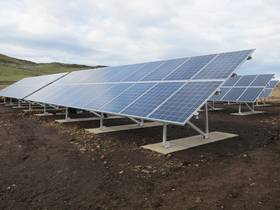
For larger PV systems it is often attractive to site and install the photovoltaic modules by mounting them on to a freestanding structure. This has the advantage of allowing the PV array to be sited in a spot with optimum sunlight. It also enables easy installation without roofwork or scaffolding and so often gives straightforward installation for lowest possible cost. Natural ventilation means PV’s stay cool and optimal orientation ensures maximum performance.
Solar plants can be built up in this way to almost any size.
All components provide quality, reliability, maximum energy production per unit cost, and warranties backed by major manufacturers.


Products
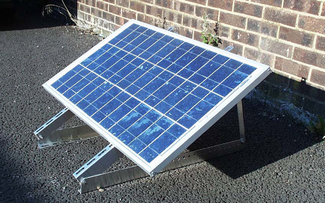
Small Solar Panel Mounts
Solar panels may be mounted on a pole, a ground support, a wall of a building, a building...
View collection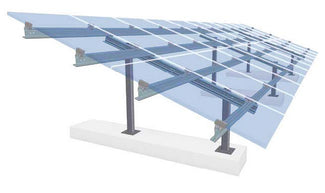
Ground Mounts
A range of ground mounting structures designed for ease of construction, all weather conditions and long life.
View collection